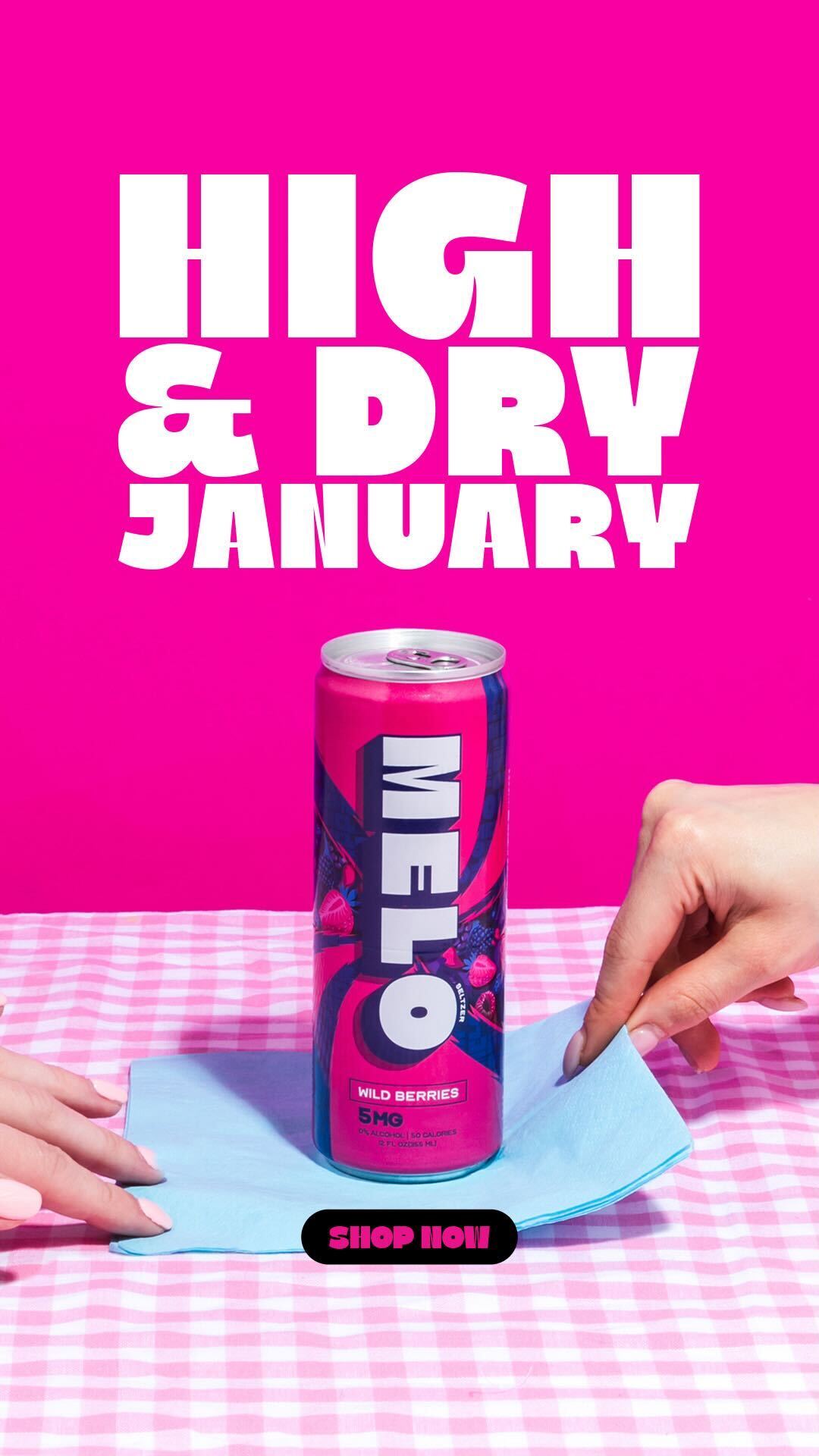Socioeconomic Factors
Socioeconomic factors play a crucial role in shaping consumption patterns, particularly when it comes to emerging trends like THC-infused beverages. Urban areas, characterized by diverse populations and varying levels of socioeconomic status, provide fertile ground for analyzing how income, education, access to resources, and cultural norms influence the adoption and popularity of these products.

Disposable Income & Lifestyle Choices
Socioeconomic factors play a crucial role in shaping consumption patterns, particularly when it comes to emerging trends like THC-infused beverages. Urban areas, characterized by diverse populations and varying levels of socioeconomic status, provide fertile ground for analyzing how income, education, access to resources, and cultural norms influence the adoption and popularity of these products.
- Disposable income is a key determinant. Individuals with higher disposable income may be more likely to experiment with and purchase premium THC drinks due to their relative affordability compared to other recreational activities or indulgences.
- Education levels can also influence perceptions and attitudes towards cannabis consumption. Higher education is sometimes associated with greater acceptance of cannabis use, potentially leading to increased demand for THC beverages in urban areas with a higher concentration of educated residents.
- Access to legal and regulated markets significantly impacts popularity. Urban areas where cannabis is legally accessible tend to see greater adoption of THC drinks due to the convenience and safety associated with regulated sales channels.
- Cultural norms and social circles play a role as well. In urban areas with established cannabis cultures, THC beverages may be more prevalent due to peer influence and normalization of consumption.
Prevalence of Cannabis Use in Urban Areas
Socioeconomic factors heavily influence the prevalence of cannabis use, particularly in urban areas. Income levels are a key driver, as individuals with higher disposable income often have more financial flexibility to experiment with recreational substances like THC-infused beverages.
Education levels can also play a role, with some studies suggesting that higher education is associated with increased acceptance of cannabis use. This could lead to greater demand for THC drinks in urban areas with a larger proportion of college graduates or postgraduates.
Access to legal and regulated cannabis markets is another crucial factor. Urban areas where cannabis is readily available tend to see higher consumption rates, as consumers perceive legal channels as safer and more convenient.
Finally, cultural norms and social circles within urban areas can significantly influence the popularity of THC drinks. Communities with established cannabis cultures may exhibit higher rates of consumption due to social acceptance and peer influence.
Cultural Influences
Language is a reflection of its culture, shaped by history, values, beliefs, and societal norms. English, as a global language, has absorbed influences from diverse cultures throughout its evolution. These cultural impacts are evident in the vocabulary, grammar, idioms, and even pronunciation of English, creating a rich tapestry of linguistic variation.
Social Acceptance & Normalization
Cultural influences permeate all aspects of language, including its usage and acceptance of certain terms or concepts. In the context of THC drinks, social acceptance plays a crucial role in their popularity within urban areas. As cannabis culture becomes more mainstream, language evolves to reflect this shift. Terms once considered taboo are now openly discussed, and the normalization of cannabis use translates into greater acceptance of related products like THC beverages.
Social circles and communities heavily influence language trends. In urban areas with established cannabis cultures, discussions about THC drinks may be commonplace, leading to their normalization within these social groups. Word-of-mouth marketing and peer recommendations can significantly impact the adoption and popularity of these products among specific demographics.
Media portrayals also contribute to shaping language and perceptions. As media coverage becomes more accepting of cannabis use, it normalizes the discussion surrounding THC drinks, making them seem less exotic or taboo. This exposure can influence public perception and ultimately contribute to their increased popularity in urban areas.
Marketing & Branding Strategies
Socioeconomic factors heavily influence the prevalence of cannabis use, particularly in urban areas. Income levels are a key driver, as individuals with higher disposable income often have more financial flexibility to experiment with recreational substances like THC-infused beverages.
Education levels can also play a role, with some studies suggesting that higher education is associated with increased acceptance of cannabis use. This could lead to greater demand for THC drinks in urban areas with a larger proportion of college graduates or postgraduates.
- Accessibility and Legality: Urban areas where cannabis is readily available tend to see higher consumption rates, as consumers perceive legal channels as safer and more convenient.
- Cultural Acceptance: Communities with established cannabis cultures may exhibit higher rates of consumption due to social acceptance and peer influence. Social circles and communities heavily influence language trends. In urban areas with established cannabis cultures, discussions about THC drinks may be commonplace, leading to their normalization within these social groups. Word-of-mouth marketing and peer recommendations can significantly impact the adoption and popularity of these products among specific demographics.
- Media Influence: Media portrayals also contribute to shaping language and perceptions. As media coverage becomes more accepting of cannabis use, it normalizes the discussion surrounding THC drinks, making them seem less exotic or taboo. This exposure can influence public perception and ultimately contribute to their increased popularity in urban areas.
Accessibility and Convenience
The growing popularity of THC drinks in urban areas is a multifaceted phenomenon influenced by a confluence of factors, including socioeconomic conditions, cultural trends, and legal accessibility.
Retail Availability and Legal Status
Socioeconomic factors play a crucial role in shaping consumption patterns, particularly when it comes to emerging trends like THC-infused beverages. Urban areas, characterized by diverse populations and varying levels of socioeconomic status, provide fertile ground for analyzing how income, education, access to resources, and cultural norms influence the adoption and popularity of these products.
Disposable income is a key determinant. Individuals with higher disposable income may be more likely to experiment with and purchase premium THC drinks due to their relative affordability compared to other recreational activities or indulgences.
Education levels can also influence perceptions and attitudes towards cannabis consumption. Higher education is sometimes associated with greater acceptance of cannabis use, potentially leading to increased demand for THC beverages in urban areas with a higher concentration of educated residents.
Access to legal and regulated markets significantly impacts popularity. Urban areas where cannabis is legally accessible tend to see greater adoption of THC drinks due to the convenience and safety associated with regulated sales channels.
Cultural norms and social circles play a role as well. In urban areas with established cannabis cultures, THC beverages may be more prevalent due to peer influence and normalization of consumption.
Online Ordering and Delivery Services
The growing popularity of THC drinks in urban areas is a complex phenomenon influenced by several factors. Socioeconomic conditions, cultural trends, and legal accessibility all play significant roles in shaping consumer behavior.
Accessibility and convenience are key drivers of this trend. Urban dwellers often lead busy lives and appreciate the ease of online ordering and delivery services for various goods, including THC beverages. The availability of these products through established platforms normalizes their consumption and makes them more accessible to a wider population.
Moreover, cultural shifts towards greater acceptance of cannabis use contribute to the popularity of THC drinks. As perceptions surrounding cannabis evolve, so too does the language we use to discuss it. Terms once considered taboo are now openly embraced, reflecting a growing normalization of cannabis consumption.
Product Innovation and Variety
The rise in popularity of THC drinks within urban areas is a complex phenomenon influenced by a multitude of factors. These include socioeconomic conditions, cultural trends, and the evolving legal landscape surrounding cannabis.

Flavors, Formulations, and Concentrations
Product innovation plays a crucial role in the success of any industry, and the beverage market is no exception. In the realm of THC-infused drinks, this innovation manifests itself in several key areas: variety, flavors, formulations, and concentrations.
The increasing demand for diverse options has led to a wide array of THC beverages, catering to various tastes and preferences. From sparkling waters and sodas to teas, coffees, and even kombucha, manufacturers are constantly exploring new formats and flavor profiles to attract a broader consumer base.
Flavor innovation is another driving force. Gone are the days of limited, earthy flavors associated with early cannabis products. Today’s THC drinks boast an impressive range of tastes, including fruity blends, tropical infusions, herbal concoctions, and even dessert-inspired options.
Formulations also continue to evolve, with advancements in technology allowing for more precise dosing and smoother delivery of THC. From fast-acting tinctures to slow-release gummies, consumers can choose the option that best suits their individual needs and desired effects.
Finally, concentrations are a key factor influencing both product variety and consumer experience. Manufacturers offer a spectrum of THC potency levels, ranging from mild options for casual users to higher-concentration beverages for experienced consumers seeking more intense effects.
Functional Benefits and Targeted Marketing
Socioeconomic factors play a crucial role in shaping consumption patterns, particularly when it comes to emerging trends like THC-infused beverages. Urban areas, characterized by diverse populations and varying levels of socioeconomic status, provide fertile ground for analyzing how income, education, access to resources, and cultural norms influence the adoption and popularity of these products.
Disposable income is a key determinant. Individuals with higher disposable income may be more likely to experiment with and purchase premium THC drinks due to their relative affordability compared to other recreational activities or indulgences.
Education levels can also influence perceptions and attitudes towards cannabis consumption. Higher education is sometimes associated with greater acceptance of cannabis use, potentially leading to increased demand for THC beverages in urban areas with a higher concentration of educated residents.
Access to legal and regulated markets significantly impacts popularity. Urban areas where cannabis is legally accessible tend to see greater adoption of THC drinks due to the convenience and safety associated with regulated sales channels.
Cultural norms and social circles play a role as well. In urban areas with established cannabis cultures, THC beverages may be more prevalent due to peer influence and normalization of consumption.
Health and Wellness Trends
The growing popularity of THC drinks in urban areas is a multifaceted phenomenon influenced by socioeconomic factors, cultural trends, and evolving legal landscapes.
Perceived Health Benefits vs. Risks
The rise in popularity of THC drinks within urban areas is a complex phenomenon influenced by several converging factors:
- Socioeconomic Factors: Income levels and disposable income play a significant role. Individuals with higher disposable income are more likely to experiment with and purchase premium THC drinks, as they view them as an affordable luxury compared to other recreational activities.
- Education Levels: Studies have shown a correlation between higher education levels and greater acceptance of cannabis use. This can lead to increased demand for THC beverages in urban areas with a higher concentration of educated residents.
- Accessibility and Legality: Urban areas where cannabis is legally accessible tend to see higher consumption rates. Regulated sales channels provide convenience, safety, and legitimacy, making THC drinks more appealing to a wider audience.
- Cultural Norms and Peer Influence: In urban areas with established cannabis cultures, THC drinks may be more prevalent due to social acceptance and peer influence. Word-of-mouth marketing and recommendations within these communities can significantly contribute to their popularity.
Alternative to Traditional Cannabis Consumption Methods
The growing popularity of THC drinks in urban areas is a multifaceted phenomenon influenced by a confluence of factors including socioeconomic conditions, cultural trends, and legal accessibility.
Socioeconomic disparities play a significant role in shaping consumption patterns. Disposable income often dictates the types of recreational activities individuals pursue, and for those with higher incomes, THC-infused beverages may represent an attractive and relatively affordable luxury compared to other indulgences.
Furthermore, education levels can influence perceptions and attitudes towards cannabis use. Studies have shown a correlation between higher levels of education and greater acceptance of cannabis consumption, potentially leading to increased demand for THC drinks in urban areas with more educated populations.
Legalization and accessibility are also crucial factors. Urban areas where cannabis is legally available tend to experience higher consumption rates as consumers perceive regulated sales channels as safer and more convenient than illicit markets. This legality normalizes the product and makes it more readily available.
Cultural norms and peer influence significantly shape consumption trends within urban communities. In areas with established cannabis cultures, THC drinks may be more prevalent due to social acceptance and peer pressure. Word-of-mouth marketing and recommendations within these groups can heavily influence adoption rates.
Get refreshing cannabis beverages with high bioavailability
- CBD Gummies For Beginners: A Step-by-Step Guide - September 15, 2025
- Bum Filler Injections In Caterham Surrey - September 14, 2025
- How To Take Kratom Capsules Safely And Effectively - September 13, 2025
